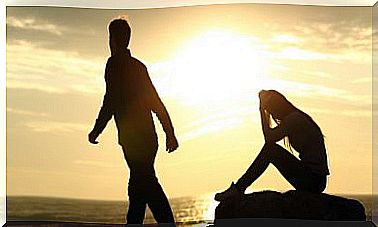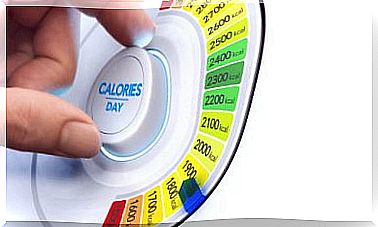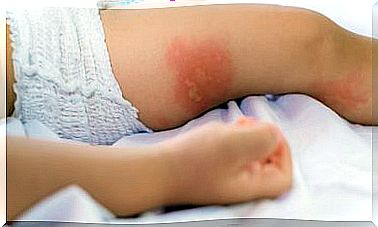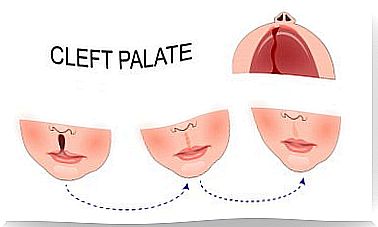How To Prevent Falls In The Elderly
Falls in older people are something to watch out for. In these cases, it is necessary to know their possible causes, as well as to evaluate the consequences that they may have on the health of the elderly.
The World Health Organization (WHO) defines the term “fall” as the involuntary event that causes you to lose your balance and hit the body on the ground or another firm surface to stop it.
Age is one of the main risk factors for falling, and its incidence increases progressively over the years. Similarly, the risk of these accidents causing serious injury, or even death, increases with age.
Do you know what the risk factors for falling are?
Risk factors for falls can be intrinsic or extrinsic. Let’s see in detail which are the most frequent.
Intrinsic
The intrinsic factors are those that depend on the person, either by the aging process itself or by the circumstances that occur at that time. Intrinsic factors are the most influential and, These include the following:
- Age.
- Having suffered a previous fall.
- Eye disorders such as cataracts or decreased visual acuity.
- Muscle atrophy and musculoskeletal disorders.
- Vestibular problems that affect balance.
- Cognitive impairment
Extrinsic
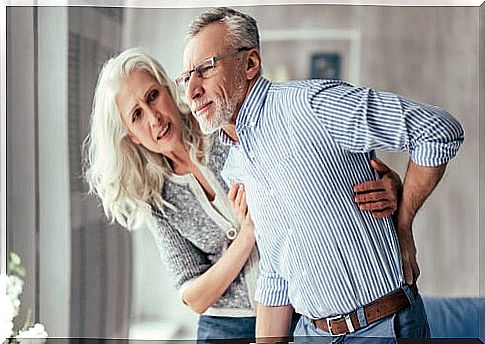
This includes the factors that depend on the environment that surrounds the elderly. At the home level, there may be a lack of lighting, clutter, uneven or slippery floors, carpets or cables. Also the use of inappropriate footwear can increase the risk of falls.
Another important place is the bathroom, the existence of bathtubs or shower trays without adequate handles can increase the risk of falls. On the street, the factors that increase the risk of falls in the elderly are:
- The uneven or slippery pavement.
- Short-lived traffic lights.
- The absence of ramps.
On the other hand, in means of transport, sudden movements and short up or down times also play a role. The WHO also details that There are certain medications that increase the risk of falling, especially those that act at the central nervous system level.
Consequences of falls in older people
The consequences of falls can be classified into three groups.
1. Physical
The physical consequences are those directly associated with the fall, such as fractures, sprains or injuries. An article published in the Medical Journal of Costa Rica and Central America lists fractures and bruises, among other injuries, as examples of these consequences.
Falls that occur when the elderly person is alone often make it impossible for them to get up. This can cause, among other serious problems, signs of hypothermia or dehydration.
2. Psychological
The emotional impact that a fall can cause includes the fear of its recurrence, as indicated by the same study cited in the previous point. This causes, in many cases, the affected person to reduce their usual activities.
3. Socioeconomic
Falls lead to an increase in the resources needed to care for the affected person. On the other hand, at the health level, the number of consultations increases, hospital admissions, surgeries or rehabilitation.
How can falls in older people be prevented?
To prevent falls, it is useful to make the necessary changes in the home, such as installing adequate lighting, keeping the bathroom floor dry, putting non-slip rugs or adjusting the height of the bed. The Manual for the prevention of falls in the elderly published by the Government of Chile offers very important advice in this regard.
If there are stairs in the house, make sure that all the rungs are regular and do not slip, and that there is a fixed railing on both sides of the stairs. Another very useful document to know basic preventive actions is the Guide for the prevention of accidents in the elderly in the Community of Madrid.
Primary prevention

Primary prevention encompasses a series of measures aimed at reducing the risk of falls in older people. The objective is for the elderly person to be autonomous, so that they can be at home for as long as possible.
The WHO recommends the practice of exercise of light or moderate intensity. In this way, strength is increased, depression decreases, joint pain improves, and the risk of diabetes and cardiovascular disease is lowered. In addition, it is advisable to regularly check both glasses and hearing aids.
Secondary prevention
It consists of knowing the factors that have caused the fall and acting on them to prevent it from happening again.
Tertiary prevention
All measures aimed at the rehabilitation necessary to restore the optimal state of the elderly are included. In addition, the affected person must be taught to get up after the fall. To do this, it is recommended to turn the body to support the knees, with the intention of getting into a crawling position and getting up leaning on a nearby object.
Falls in the elderly, a major problem
It is estimated that 30% of those over 65, and 50% of those over 80 years of age suffer at least one fall per year. For this reason, prevention must include different health professionals and people in their immediate environment.
Taking into account the recommendations mentioned above and the advice collected in the cited sources, the safety conditions for the elderly can already be significantly improved. Thus, preventing falls will be much more feasible.



